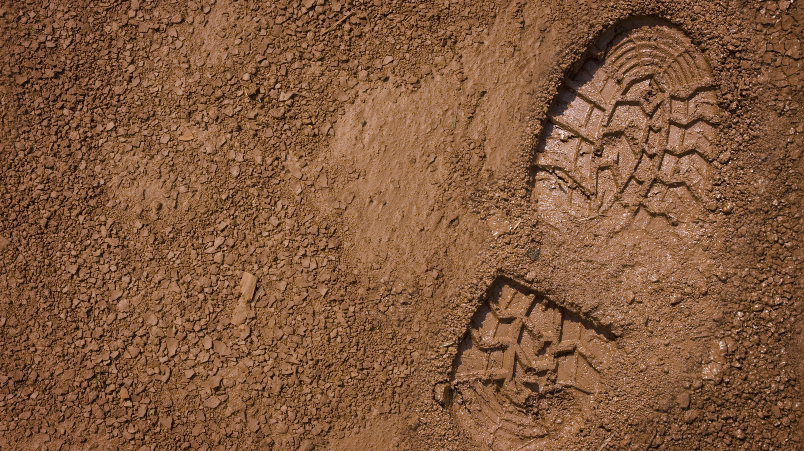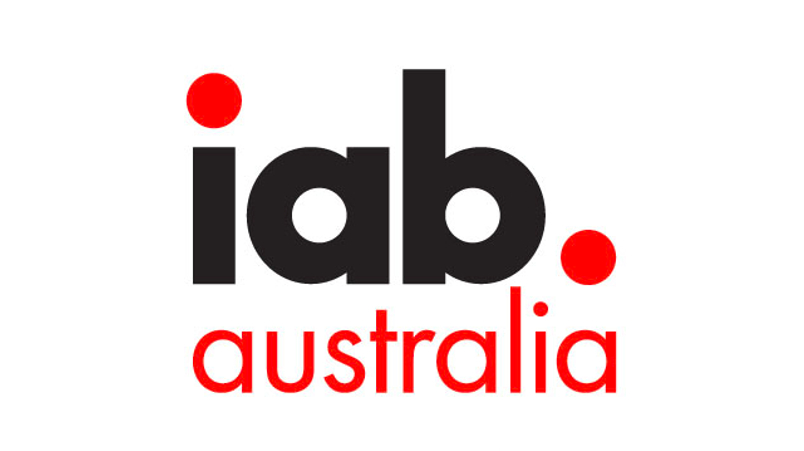Australia’s 833 kilotonne digital advertising carbon footprint: $28 million to $292m to offset 27 major mastheads, platforms as calculators, intensity rankings loom

"More money will get steered towards publishers with that sustainability emphasis and as a result, they'll get financially rewarded for their efforts," MiQ's Global Chief Strategy Officer, John Goulding, says.
Publishers of Australia's top digital sites are annually emitting some 833,000 tonnes of carbon from ad impressions alone, equivalent to the emissions of more than a quarter of a million cars. And that doesn't include things like search or BVOD. The top 27 major digital mastheads and platforms including Facebook, Youtube and a raft of News and Nine titles among others served some 70 digital ads daily to every Australian in 2021 per estimates from digital ad intelligence platform AdClarity. That’s 700 billion ad impressions over the year each emitting more than a gramme of carbon. And Australia's carbon intensity is around 20 per cent worse than the global average – due to the heavy concentration of coal and gas on our power system. Each impression emitted 1.19g/CO2. But the minimum cost to offset is relatively cheap.
What you need to know:
- Australia’s top publishers served some 700 billion ad impressions in 2021, according to AdClarity. The long tail takes that way into the trillions, though neither the IAB nor near monopolies like Google were willing to provide an estimate of total Australian ad impressions served.
- Each impression generates carbon – and that footprint is about 20 per cent higher in Australia at 1.19g/CO2 per impression than the global average.
- That means there were 833,000 tonnes of carbon from the top 27 publishers alone, equivalent to the annual emissions of around 260,000 cars.
- Depending on the quality of offsets, that would cost somewhere between AU$27.5 million and AU$300 million to cover – or a maximum of $0.30 added to CPM costs.
- Carbon calculators are emerging, with publishers the likely focus. How carbon intensive publishers are will impact the money that flows to them, said MiQ’s John Goulding and Scope3’s Anne Coghlan.
As more advertisers get on board, you will imagine that more money will get steered towards publishers with that sustainability emphasis and as a result, they'll get financially rewarded for their efforts.
Australia’s major digital platforms and publishers are running an 833 kilotonne tab for carbon – at minimum. But it could cost as little as $27.5 million to offset using Australia’s carbon credit market.
In 2021, there were an estimated 700 billion impressions delivered to Australians by the biggest publishers – Facebook, Instagram, YouTube, Amazon, Gumtree, major news sites and real estate pages, among others – and those impressions each emitted more than one gram of carbon dioxide, new calculations from supply chain emissions company Scope3 suggest.
Scope3, a US-based emissions data company co-founded by former AppNexus CEO Brian O’Kelley, worked with global programmatic platform MiQ to measure the footprint of more than 300 million global digital ad impressions with a view to create carbon neutral campaigns. On average, a global impression emitted one gram. Australia, however, is almost 20 per cent worse than the global average.
“Unfortunately, due to the electricity grid mix of Australia which has a comparatively low amount of emissions from renewable energy sources compared to other countries, Australia is above this average (of one gramme),” said Anne Coghlan, Scope3’s Head of Product and co-founder.
“Based on a video and display campaign running on the top Australian domains that run programmatic advertising, the average is 1.19g (CO2 per impression). This is a seemingly tiny difference from the mean if you're baking a cake, but of course a lot more when you scale that to the number of impressions being served.”
That figure takes into account the digital ad auction, an estimate of each publisher’s overhead, and the emissions generated by the end user’s device. It includes display, mobile and video, but doesn’t include Google Search or broadcast video on demand (BVOD) – yet.
“Once we've run a campaign, or as we're running it, we can basically send the impression logs, the exposure data, from the campaign through,” said John Goulding, MiQ’s Global Chief Strategy Officer. Scope3 then shares the carbon footprint in grammes per impression across different campaign dimensions like country, device, creative format, and even on a publisher level.
“That means when we're thinking about supply path optimisation and how to get the best out of the campaign, we can factor in the carbon efficiency,” Goulding added.
“As more advertisers get on board, you will imagine that more money will get steered towards publishers with that sustainability emphasis and as a result, they'll get financially rewarded for their efforts.”
Carbon calculators are coming. GroupM’s CEO Christian Juhl told Mi3 last year the global ad buying group would recommend brands pull spend from carbon-heavy platforms. The agency is developing its own calculator. Benedictus Media’s sister company Net Zero Media has a calculator and is already working with some early moving publishers to calculate and offset their footprint. It uses the channel, file size, dimensions, length – and a bunch of other data points – to calculate an ad’s carbon intensity.
Australia’s impression footprint: The numbers
There were likely more than 700 billion impressions delivered to Australians in 2021 across the major publishers, according to AdClarity, an ad intelligence company that monitors ads served to 275,000 Australians. The long tail would add significantly more, per its estimates, likely taking the true figure into the trillions and carbon footprint well above a million tonnes.
Pathmatics, another digital ad measurement company, estimated 395bn impressions across the major publishers for 2021. Using 700bn and 395bn as estimates, there would be 75 or 42 impressions, per Australian, per day, respectively.
IAB Australia, the peak body representing the digital advertising market, said it couldn’t provide a figure for the total number of impressions. CEO Gai Le Roy claimed it had become too hard to even estimate due to closed environments, apps, and other areas. Likewise, Google wouldn’t say how many impressions run through its pipes, and nor would The Trade Desk.
If each of the 700bn impressions is worth, on average, 1.19g/CO2, that means there were 833 billion (833,000,000,000) grams of CO2 emitted for those impressions – or 833,000 tonnes. Video ads are twice as carbon intensive as display, Goulding said.
The cost to offset 833,000 tonnes of carbon is a loaded question. Scope3’s Coghlan said both the United Nations and the International Monetary Fund advocate an “economically meaningful” price that is more likely to ensure quality – somewhere in the vicinity of USD$100 (about AU$139) per tonne. The current price of a carbon credit in Australia, known as Australian Carbon Credit Units (ACCUs), has been rising but is currently about $33-36 per tonne.
Using the current price of ACCUs, offsetting 833,000 tonnes would cost between AU$27.5m and $30m.
Both Scope3 and MiQ are building a portfolio of offset options, but likely to be around the USD$100 mark per tonne.
“The current market includes ‘old vintages’ of carbon credits that have low permanence and credits that include avoidance projects for which it is hard to prove that you are actually offsetting your emissions,” Coghlan said.
Permanence is how long the carbon stays removed from the atmosphere, where she says the goal is 100 years minimum – some credits promise 10 years or less. Avoidance projects are difficult as they rely on paying someone to not chop down a tree. It means being positive a tree would have been chopped down without the credit.
MiQ, meanwhile, is looking at “very premium and robust” offsets that equate to USD$0.15 to $0.30 per CPM (AU$0.21 to AU$0.42 per CPM).
Using MiQ’s CPM and a figure of 700bn impressions, offsetting the impact of the top 27 sites would cost between USD$105m (AU$146m) and USD$210m (AU$292m).
“A higher cost of offsetting incentivises quicker systemic changes to reduce emissions in the value chain,” Coghlan said.
“A price set too low means it could be easy to continue emitting the same amount of carbon and ‘pay it away’ with offsetting.”
Publishers under the microscope
The 1.19g/CO2 per impression figure for Australia is, however, an average – made up of various parts of the digital supply chain that differ between publishers. Coghlan and Goulding forecast that brand ad dollars will ultimately seek out lower carbon supply chains.
“To give you an idea of variation, one domain in our AU dataset produces 0.96g of carbon for an impression from the ad tech supply chain alone,” said Coghlan, “while one premium publisher is as low as 0.15g for that portion of the methodology, and others in the list of publishers … are around the 0.4g mark for the ad tech portion.”
That paves the way for a ranking of publishers based on the carbon intensity of their platforms, which could add cost for brands choosing to offset their campaigns.
“As more advertisers get on board, it's not just going to be about carbon avoidance for them. It's going to create market incentives that will mean publishers who have got an effort around sustainability will start to get financially rewarded,” per Goulding.
“If you take The Guardian, a big global publisher… they've had a really concerted sustainability push for a long time now and their grammes per impression efficiency really reflects that. So they're really popping as a great optimisation (publisher).”
MiQ’s partnership with Scope3 to run carbon neutral campaigns is yet to roll out to Australia, but along with calculators and league tables, it's coming.
The 27 sites
The 27 sites used to calculate the impressions and carbon footprint came from AdClarity via Similar Web data, using top sites by traffic and taking out non ad sites, porn, and government sites. They include:
Facebook, Instagram, Twitter, YouTube, Carsales, Drive, Carsguide, Caradvice, Whichcar, Realestate.com.au, Domain.com.au, Ebay.com.au, Yahoo.com, Amazon, Gumtree, The Herald Sun, The Australian, Courier Mail, Perth Now, Adelaide Now, News.com.au, nine.com.au, 9news, The Guardian, SMH, Daily Mail and The Daily Telegraph.







